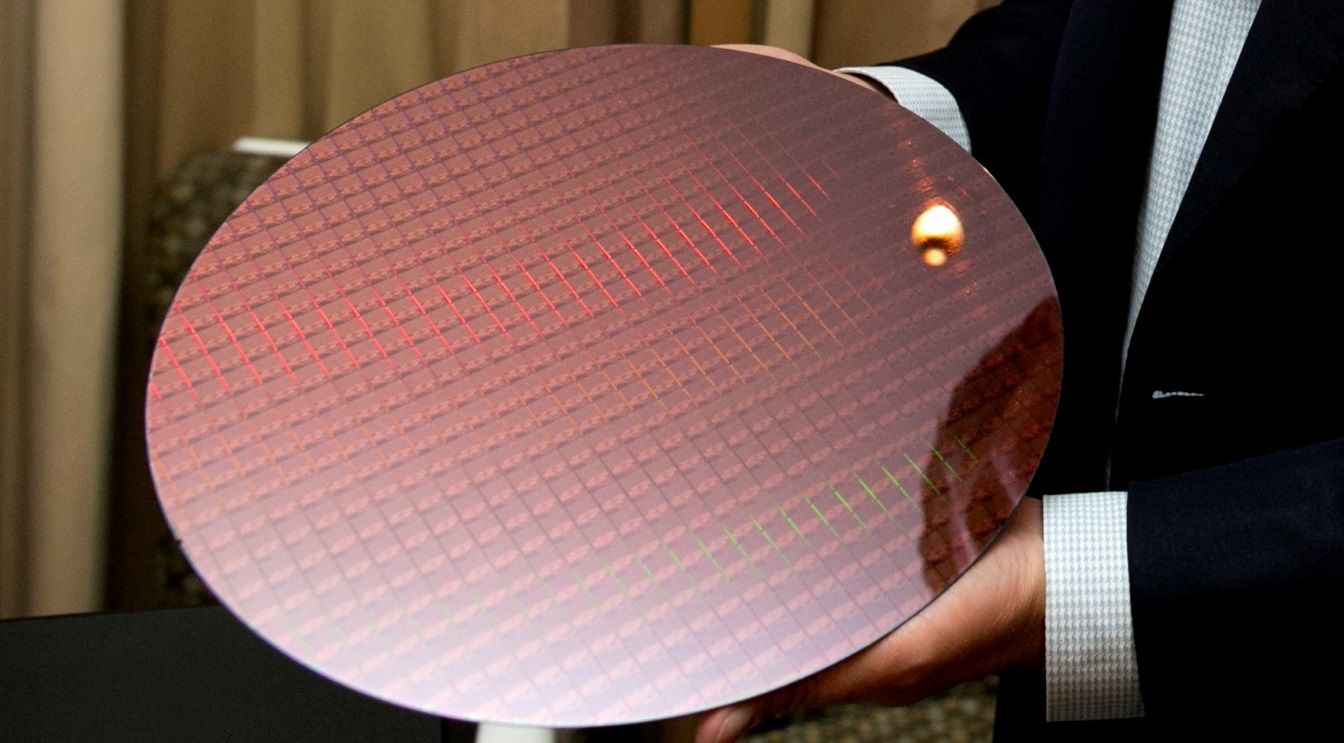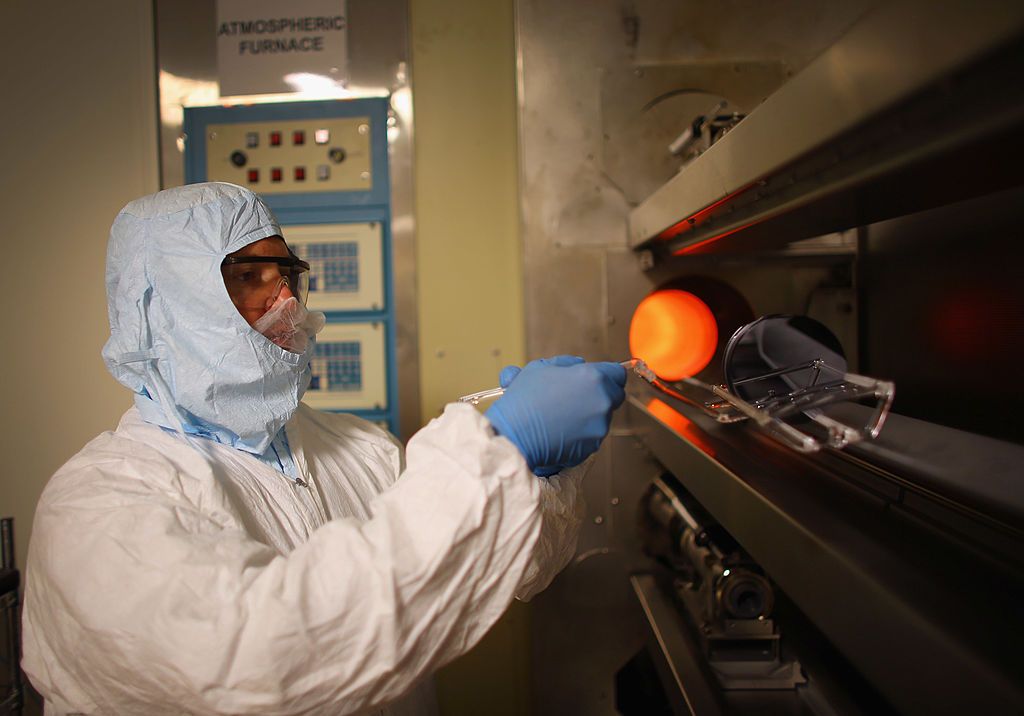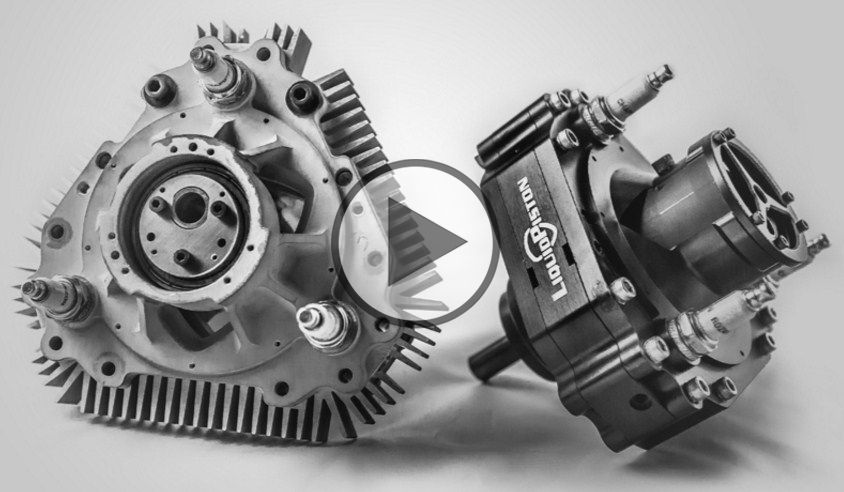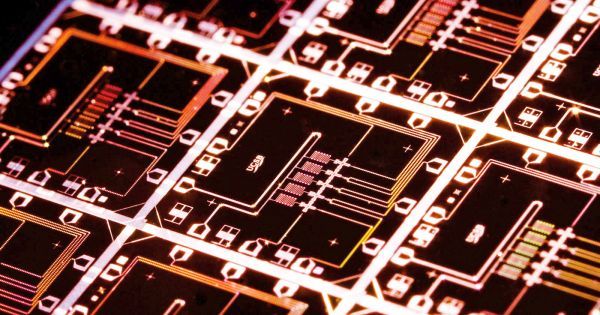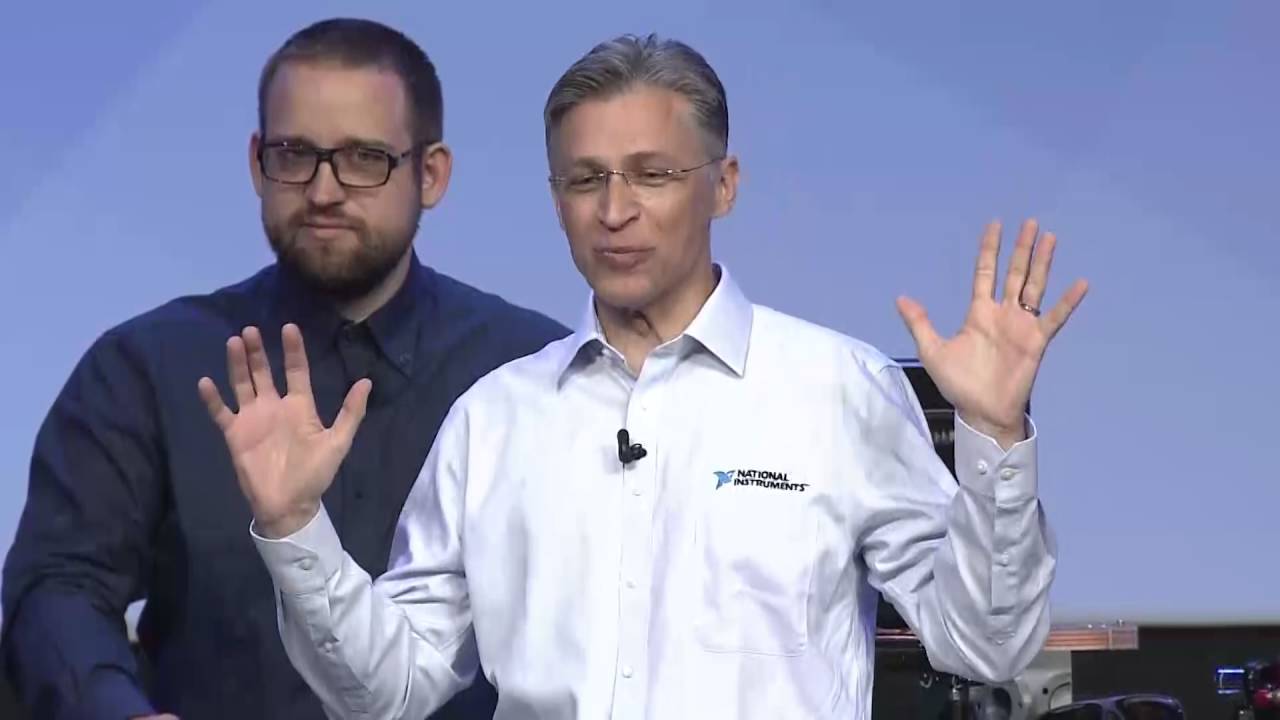Sep 8, 2016
“Head-Transplanting” And “Mind-Uploading:” Philosophical Implications And Potential Social Consequences of Two Medico-Scientific Utopias
Posted by Carse Peel in categories: biotech/medical, computing, health, neuroscience
Written by ROLAND BENEDIKTER, KATJA SIEPMANN, ALEXANDER REYMANN
ABSTRACT. This article discusses the philosophical implications and potential social consequences of two experimental – and at the present moment still widely speculative – topics at the intersection between scientific and medical advances, the human body, the human mind, and the globalized health care sector. Head-Transplanting is a chirurgical endeavor envisaged by the HEAVEN project announced to be practically implemented around 2017 and to be available for routine-use around the mid-2020s by a group of internationally as prominent as disputed transplant surgeons. Mind-Uploading is a procedure currently in the first stages of development to create artificial representations of the human brain and its processes in computers and on the internet.



